Environmental DNA Sequencing
An Effective Biomonitoring Tool
Environmental DNA (eDNA) sequencing is a rapidly emerging method for studying biodiversity and monitoring ecosystem changes. As organisms shed DNA into their environments, eDNA analysis can provide clues about the species present without disrupting the ecosystem. Potential applications of eDNA include port monitoring, biodiversity surveys, ballast water testing, soil testing, and more.
Modern environmental DNA sequencing approaches allow characterization of both bacterial and eukaryotic species in aquatic, soil, and other samples. In the future, eDNA sequencing promises to be a vital tool for biomonitoring and conservation.
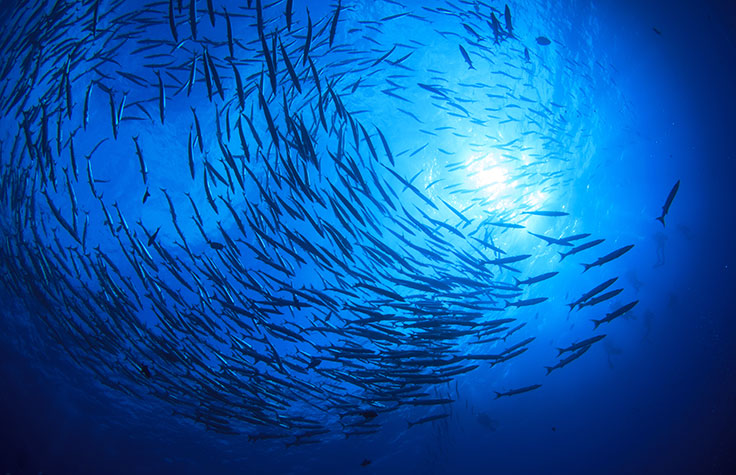
Benefits of Environmental DNA Sequencing
Scientists studying environmental DNA often analyze trace amounts of DNA per species in a given sample, without knowing the types or abundance of species represented. With next-generation sequencing (NGS), you can profile thousands of species simultaneously from a single sample. NGS also offers the sensitivity needed to detect eDNA present at low levels in the environment.
In contrast, physical surveys of natural environments require manual data collection and can be disruptive. Traditional DNA methods, such as bacterial cloning and Sanger sequencing, provide only a limited snapshot of a given sample. These approaches can be time-consuming and costly, and are not effective for processing large or complex samples.

“I think that eDNA could develop into one of the most powerful biomonitoring tools and become even more useful as the field matures.”
Michael Bunce, PhD
Professor in the School of Molecular and Life Sciences and Head of the TrEnD laboratory at Curtin University in Perth, Western Australia
Environmental DNA Sequencing Methods
For some sample types, using a combination of environmental DNA sequencing approaches can help uncover the full breadth of diversity in an ecological sample.
eDNA Metabarcoding
Every organism has a unique DNA sequence, or barcode, associated with it. This DNA barcode is a highly variable region interspersed between conserved genomic regions. eDNA metabarcoding involves target-specific amplification and sequencing of these barcodes, often mitochondrial cytochrome oxidase 1 (CO1) or the 18S ribosomal subunit. These are useful approaches for distinguishing between higher-order eukaryotes.
Shotgun Sequencing
Shotgun sequencing of environmental DNA is a suitable approach for studying species that are likely abundant in the sample, such as bacteria or small eukaryotes.
Learn More16S and ITS Metagenomics
Environmental metagenomics has typically relied on sequencing the 16S or internal transcribed spacer (ITS) rRNA genes for detecting bacteria or fungi, respectively. Both 16S and ITS rRNA gene sequencing are well-established methods for comparing sample phylogeny and taxonomy from environmental samples.
Learn MoreLong-Range PCR
Long-range PCR can be used to amplify large DNA sequences, such as mitochondrial genomes. These longer DNA sequences can help distinguish between species when smaller DNA barcodes are not available. This approach is favorable for sequencing DNA that has not been degraded by the environment.
Environmental DNA and Metabarcoding
Metabarcoding promises to be a complementary alternative to existing methods for environmental surveys, enabling researchers, governments, and industry to make informed choices around conservation, environmental impact assessment, and more.
This webinar reviews recent research and validation experiments demonstrating the power of metabarcoding for a range of potential applications.
View Webinar
Environmental DNA Sequencing Articles
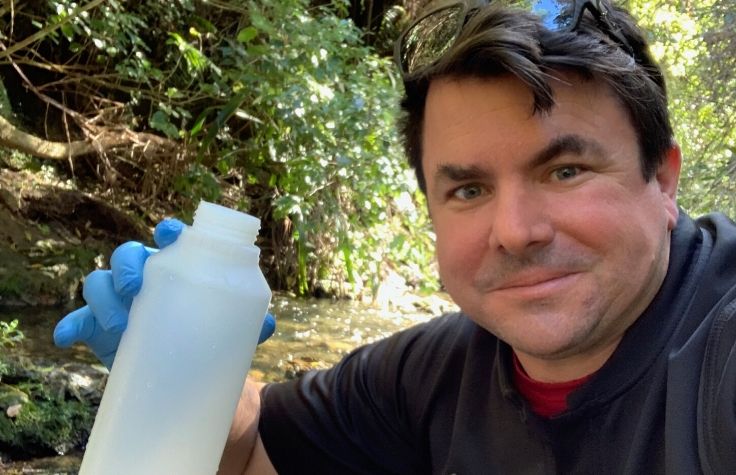
Sequencing the Seas
Professor Bunce takes us on an environmental DNA excursion as he explores the many facets of eDNA in the ocean.
Read Article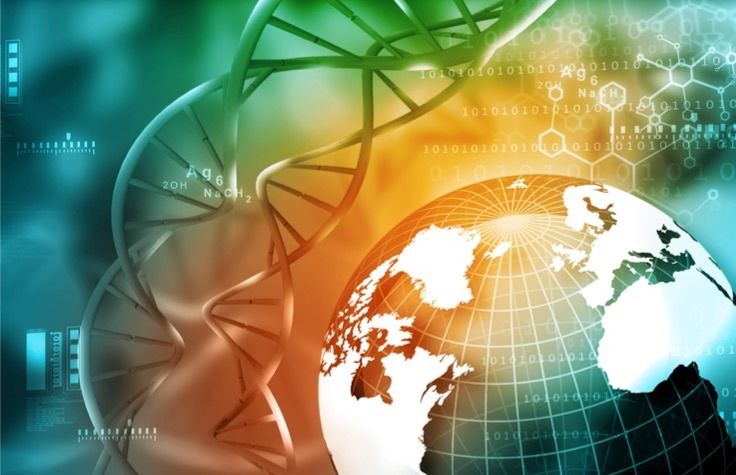
Earth BioGenome Project Builds Foundation to Sequence Life
The project aims to create a digital backbone of sequences from the tree of life that will serve as critical infrastructure for biology, conservation, agriculture, medicine, and the growing global bioeconomy.
Read ArticleConsiderations for Environmental DNA Analysis
- Organisms shed DNA at different rates, which can affect measurements of relative abundance in environmental samples.
- Environmental DNA can become degraded due to temperature and other factors.
- The availability of species-specific DNA barcodes depends on the quality of existing databases.
- Certain environmental DNA sampling, extraction, and storage methods are more prone to contamination than others.
- DNA extraction methods should be optimized for the sample type and species of interest, to ensure detection of species present in low abundance
- Strategic assay design is key to achieve selective enrichment for specific targets and avoid cross-reaction between species.
Sailing the Seven Seas for an Epic Plankton Study
The Tara Oceans Expedition united a group of researchers as they collected and analyzed hundreds of oceanic samples.
Explore the NextSeq 2000
The NextSeq 2000 empowers sequencing for high-throughput applications. With over 75 updates, this system offers dry instrumentation, easier run setup, and fast second run analysis with DRAGEN software onboard. Experience our simplest workflows yet, and explore the possibilities that exome sequencing, target enrichment, single-cell profiling, and transcriptome sequencing enable.
Learn More
Environmental DNA Sequencing Protocols
These publicly available protocols support a variety of environmental DNA analysis methods, from 16S metagenomics to eDNA metabarcoding.
Dual-PCR Method for CO1 eDNA Metabarcoding
This protocol details the preparation of libraries for amplicon-based metabarcoding using mitochondrial cytochrome oxidase 1 (CO1).
View ProtocolLong-Range PCR for Mitochondrial Sequencing
The authors of this study designed a primer pair for amplifying and sequencing mitochondrial genomes from environmental DNA.
View PublicationITS Illumina Amplicon Protocol
This ITS protocol is designed to amplify fungal microbial eukaryotic lineages for sequencing on Illumina platforms.
View Protocol16S Metagenomic Sequencing Library Preparation
This Illumina-demonstrated protocol contains instructions for library prep and an example 16S metagenomics data set.
View Protocol18S Illumina Amplicon Protocol
This protocol describes primers targeting the 18S SSR rRNA, which are designed to be used with Illumina sequencing platforms.
View ProtocolIllumina MiSeq-Compatible, 18S rRNA Gene-Specific Primers
This study describes the design and evaluation of 18S rRNA gene primers for studying eukaryotic microbial communities.
View PublicationFeatured Products
Related Solutions
Target Enrichment
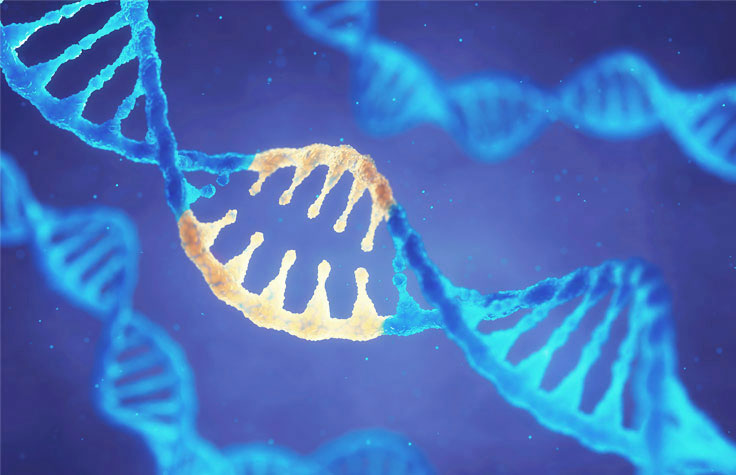
Capture genomic regions of interest using hybridization to target-specific biotinylated probes, which are then isolated by magnetic pulldown.
Learn more about target enrichmentEnvironmental Metagenomics

With NGS, environmental researchers can profile entire microbial communities from complex samples, discover new organisms, and explore microbial populations under changing conditions.
Learn more about environmental metagenomicsSequencing Services
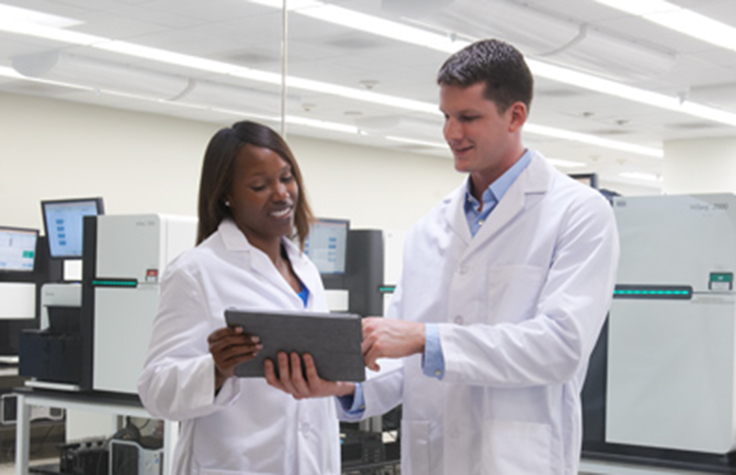
Find high-quality services that deliver accurate, comprehensive sequencing data to give you a clear picture of the genome.
Explore NGS servicesPlant and Animal Sequencing

NGS technology can be used for soil and agricultural metagenomics, targeted resequencing, and other plant and animal sequencing applications.
Learn more about plant and animal sequencing